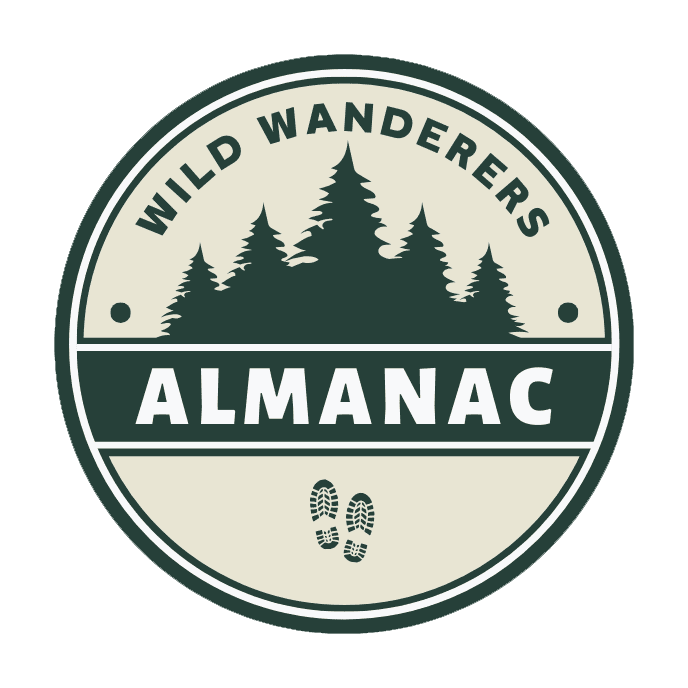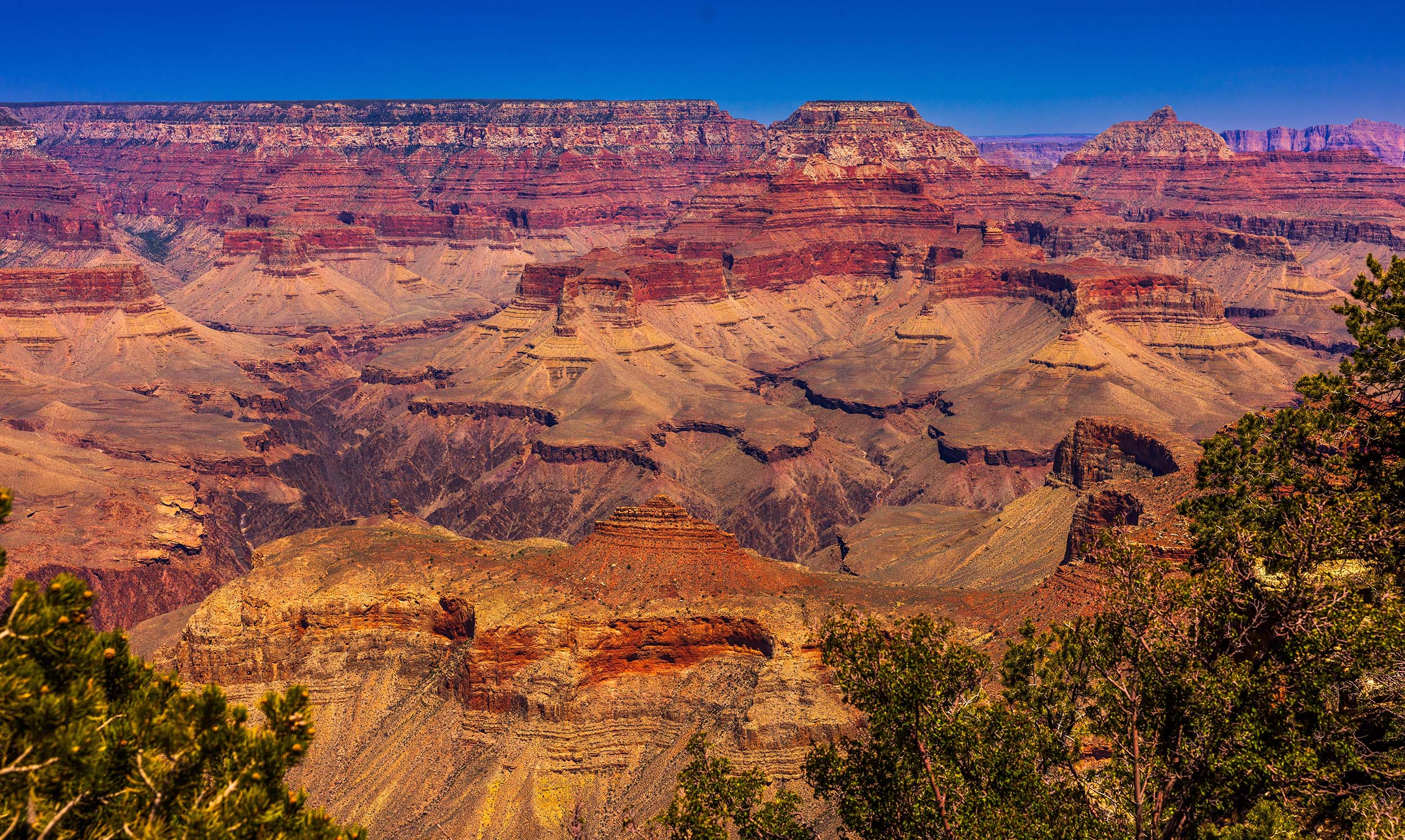Park Information Quick Facts
Location: Arizonia
Park Size: 1,218,375 Acres
Time Needed: 1-3 days
Best Season:spring (March–May) or fall (September–November
Must Do: Bright Angel Trail
Pro Tips: The South Rim offers multiple viewpoints like Mather Point and Hopi Point, which are ideal for catching the golden glow of dawn or dusk.
Visitor Centers
Grand Canyon National Park has several visitor centers, each offering unique resources to enhance the visitor experience. The Grand Canyon Visitor Center, located on the South Rim near Mather Point, serves as a main hub, providing maps, exhibits, and an introductory film to orient visitors to the park’s geology, wildlife, and history. Staffed by park rangers, this center is an ideal starting point for planning hikes and learning about safety tips, making it invaluable for first-time visitors. Nearby Mather Point provides one of the most iconic canyon views, offering a dramatic introduction to the landscape.
Plan Your Grand Canyon Adventure Today!
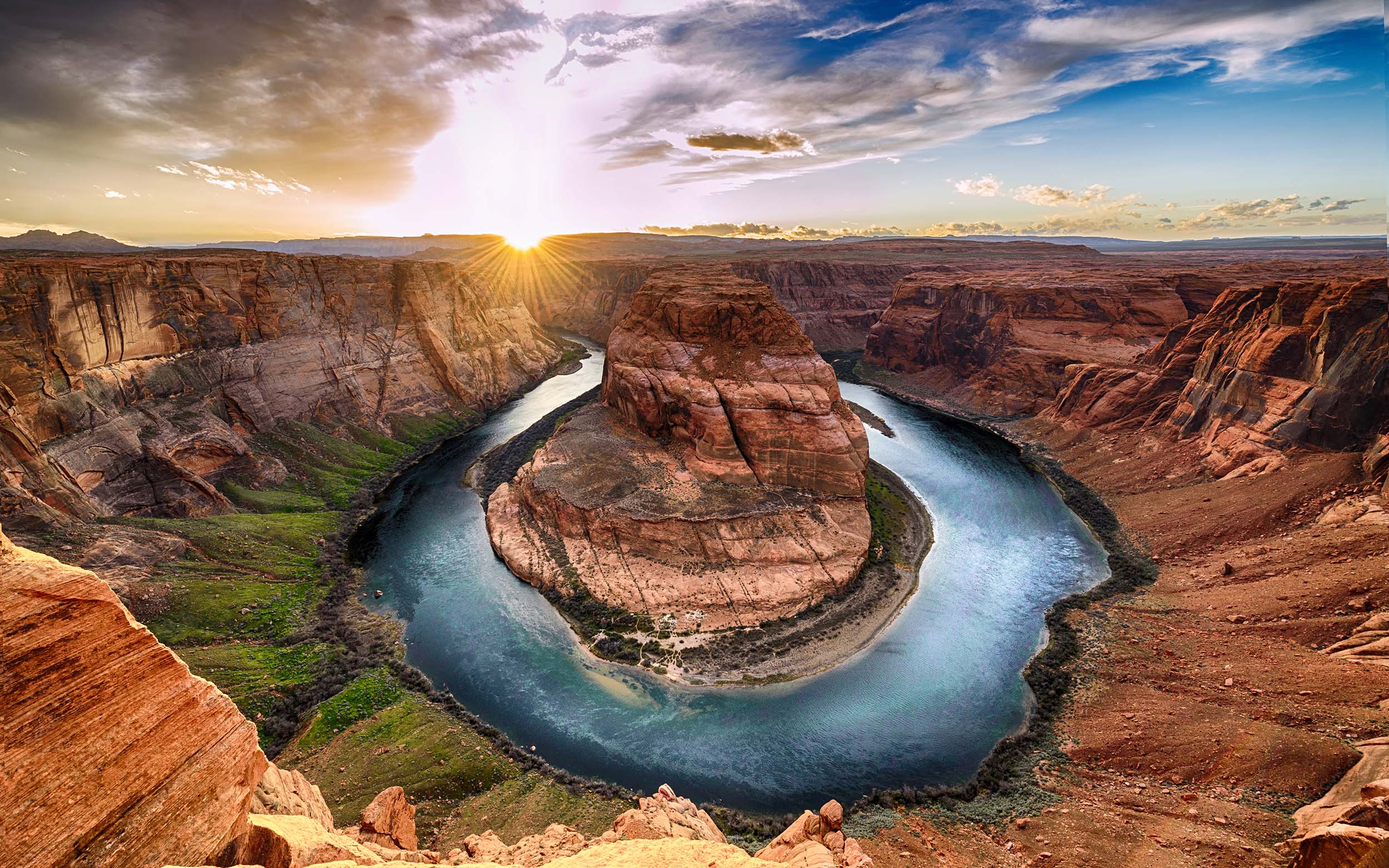
Getting There
How to Travel to Grand Canyon National Park
Traveling to Grand Canyon National Park depends largely on where you start and which rim you plan to visit. For most visitors, the South Rim is the main destination, as it is open year-round and offers the most services and viewpoints. The closest major airport is Phoenix Sky Harbor International Airport, roughly a 3.5-hour drive from the South Rim. Flagstaff Pulliam Airport is even closer, about 1.5 hours away, though it has fewer flight options. From either city, visitors can drive or take shuttle services directly to the park. Additionally, Amtrak’s Southwest Chief line has a stop in Flagstaff, where you can connect to the Grand Canyon via shuttle or the vintage-style Grand Canyon Railway, which departs from Williams, Arizona, offering a scenic and nostalgic way to enter the park.
For those interested in visiting the North Rim, the journey is a bit more involved. The North Rim is more remote and only accessible from mid-May to mid-October, weather permitting. Visitors can fly into McCarran International Airport in Las Vegas, which is about a 4.5-hour drive to the North Rim. Alternatively, driving from Salt Lake City, Utah, is about a 6-hour trip. Due to its seasonal nature and rugged terrain, fewer shuttle options are available for the North Rim, so a rental car is often necessary. This remote experience is part of the North Rim’s appeal, as it offers fewer crowds, a cooler climate, and incredible, less-traveled vistas for those willing to make the journey.
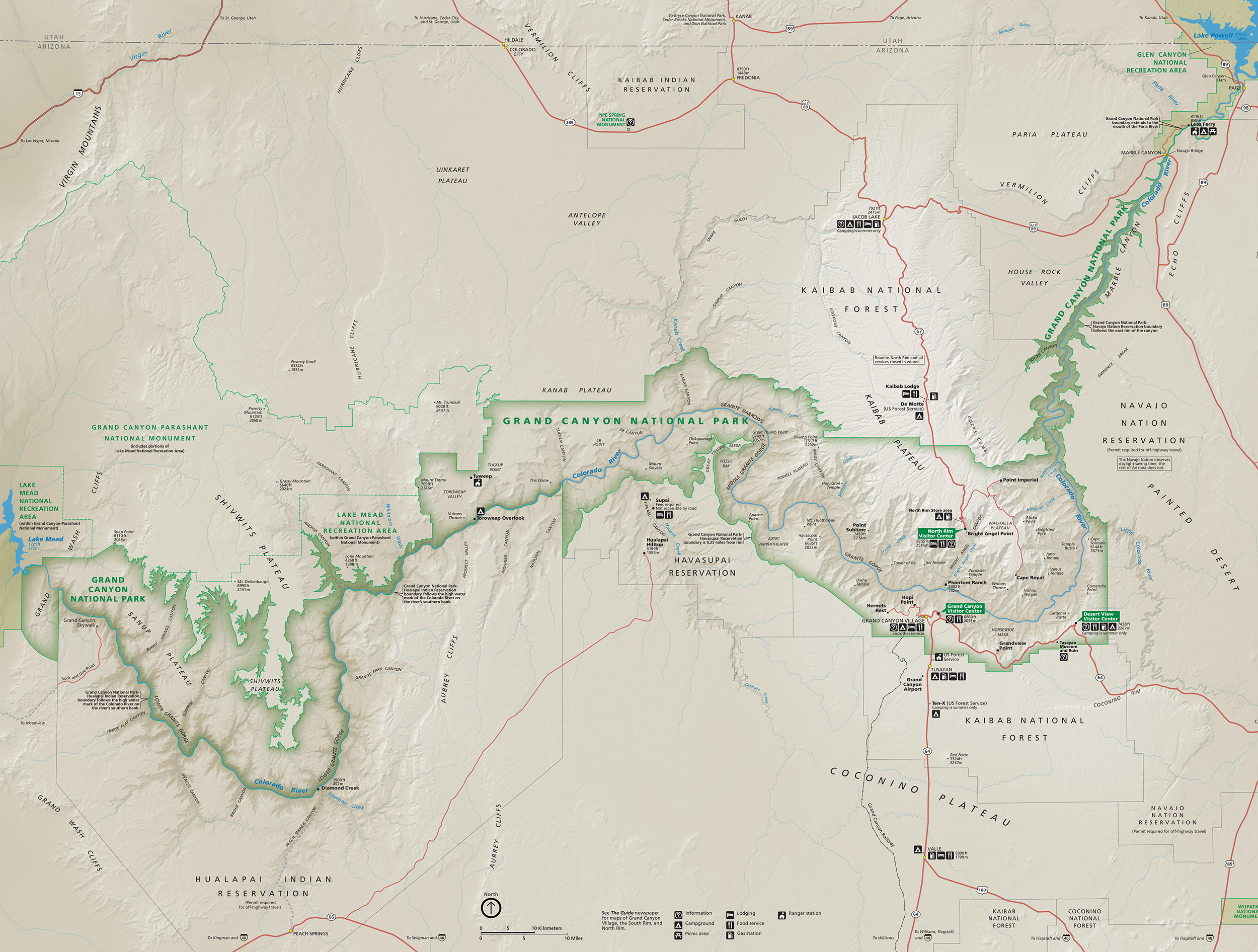
Campsites
Grand Canyon National Park offers a range of camping options, allowing visitors to fully immerse themselves in the park’s natural beauty. The South Rim features Mather Campground, open year-round and located near Grand Canyon Village with access to the park’s main amenities and shuttle service. For those looking for a more remote experience, Desert View Campground, about 25 miles east of Grand Canyon Village, offers first-come, first-served sites with fewer amenities, making it ideal for those seeking a quieter atmosphere. The North Rim Campground is open seasonally from mid-May to mid-October, offering a more rugged, secluded camping experience. Backcountry camping is also available with a permit for those interested in exploring the inner canyon on multi-day hikes.
South Rim Campgrounds
Mather Campground
- Located in Grand Canyon Village, it is open year-round for tents and RVs (no hookups).
- Reservations are required from March to November. In winter, it is first-come, first-served.
- Cost: $18 per site per night.
Desert View Campground
- On the east side of the South Rim, open mid-April to mid-October.
- Tent and RV-friendly, but no hookups.
- Reservations required, $18 per night.
Trailer Village RV Park
- Offers full RV hookups, open year-round.
- Reservations are strongly recommended.
North Rim Campgrounds
North Rim Campground
- Open mid-May to mid-October with stunning views and fewer crowds.
- Offers sites for tents and RVs (no hookups) with water and dump stations available.
- Cost: $18–$50 per site per night. Reservations required.
Tuweep Campground
- Remote and primitive, requiring a permit and high-clearance vehicle to access.
- Limited amenities (composting toilets, no water).
Nearby Camping Options
Kaibab National Forest
- Ten-X Campground near Tusayan (2 miles from South Rim).
- Open seasonally, with both reservable and first-come, first-served sites.
eMotte Campground
- Near the North Rim, open seasonally from mid-May to mid-October.
- Offers basic amenities without hookups.
Dispersed Camping
- Free options available in Kaibab National Forest, with no facilities or services.
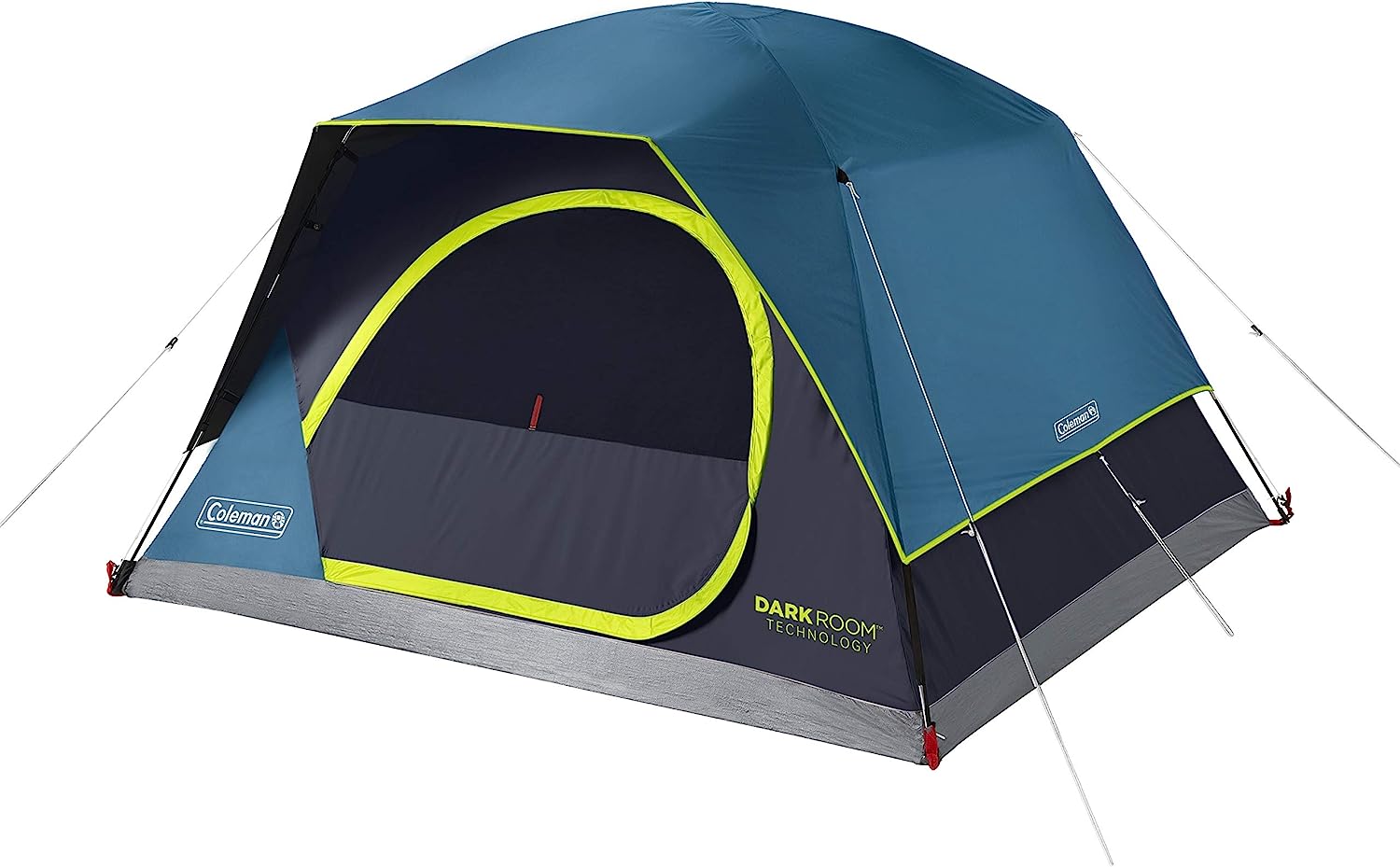
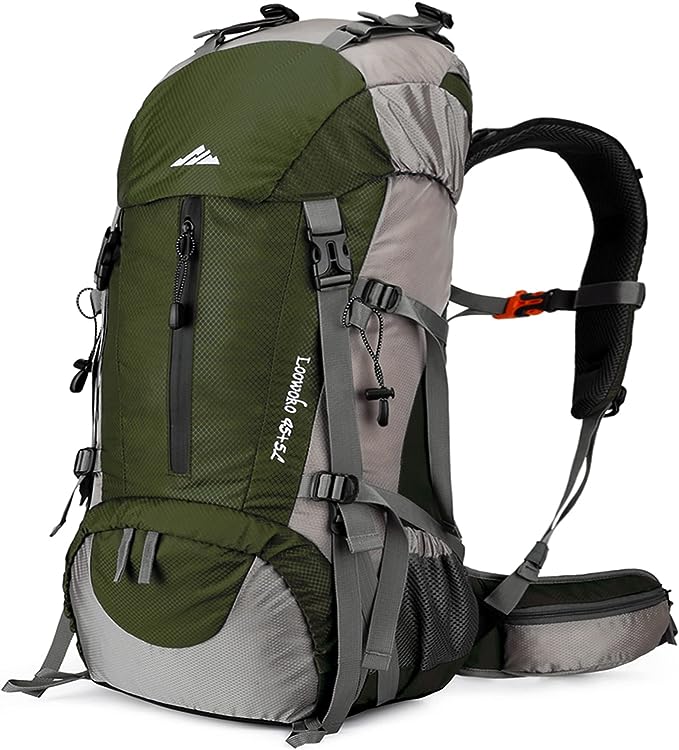
Here are three important notes for camping at Grand Canyon National Park:
Plan Ahead and Reserve Early
Popular campgrounds like Mather Campground (South Rim) and North Rim Campground require reservations, which can be made up to six months in advance. These fill up quickly, especially during peak seasons (spring, summer, and fall). Desert View Campground and others may also need advance booking depending on the season.
Prepare for Limited Amenities
While some sites (e.g., Trailer Village RV Park) offer full hookups, many others like Mather or North Rim provide basic amenities such as restrooms, water spigots, and picnic tables but lack hookups. If dispersed camping or visiting remote sites like Tuweep, you’ll need to bring your own water, supplies, and practice Leave No Trace principles.
Seasonal Accessibility and Weather Conditions
The South Rim is open year-round, but the North Rim is only accessible mid-May to mid-October due to elevation and snowfall. Temperatures can vary drastically between day and night, so pack layers to handle everything from hot sun to chilly nights.
Popular Hiking Trails
Shuttle Access: Many South Rim trailheads are accessible via free shuttle buses.
Bright Angel Trail
- Distance: Up to 12 miles round trip (to Indian Garden or Plateau Point)
- Difficulty: Moderate to strenuous
- Highlights: Resthouses every 1.5 miles, shaded areas, and water stations (seasonal)
- Tip: Perfect for beginners looking to experience the canyon without going too far down.
South Kaibab Trail
- Distance: 6 miles round trip (to Skeleton Point) or longer to Phantom Ranch
- Difficulty: Strenuous
- Highlights: Stunning panoramic views, less crowded than Bright Angel
- Tip: No water available on this trail—carry plenty of water.
North Kaibab Trail
- Distance: 14 miles one way (to Phantom Ranch)
- Difficulty: Very strenuous
- Highlights: Leads to the Colorado River, crossing several ecosystems
- Tip: This is the only maintained trail that descends into the canyon from the North Rim.
Widforss Trail
- Distance: 10 miles round trip
- Difficulty: Moderate
- Highlights: Combines forested areas with canyon views
- Tip: A quieter trail for those seeking solitude.
Rim Trail
- Distance: 13 miles total (can be hiked in sections)
- Difficulty: Easy to moderate
- Highlights: Follows the canyon’s edge with breathtaking views, accessible from various points.
- Tip: Great for casual hikers and families, especially around the Grand Canyon Village area.
Cape Final Trail
- Distance: 4 miles round trip
- Difficulty: Easy to moderate
- Highlights: Panoramic canyon views and peaceful surroundings
- Tip: Ideal for a short, scenic hike.
Inner Canyon Trials
Tonto Trail
- Distance: 70 miles total (can be hiked in segments)
- Difficulty: Strenuous
- Highlights: Runs along the Tonto Platform and connects with many other trails.
- Tip: Popular among backpackers.
Phantom Ranch
- Access: Via Bright Angel or South Kaibab Trail
- Highlights: Historic ranch, overnight accommodations (reservations required), and meal options.
Hiking Trails in Grand Canyon National Park
Gear We Used

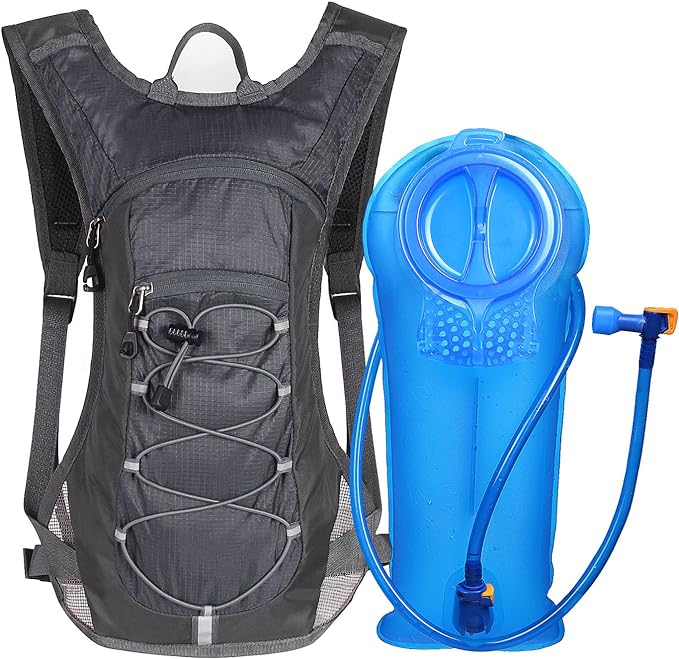
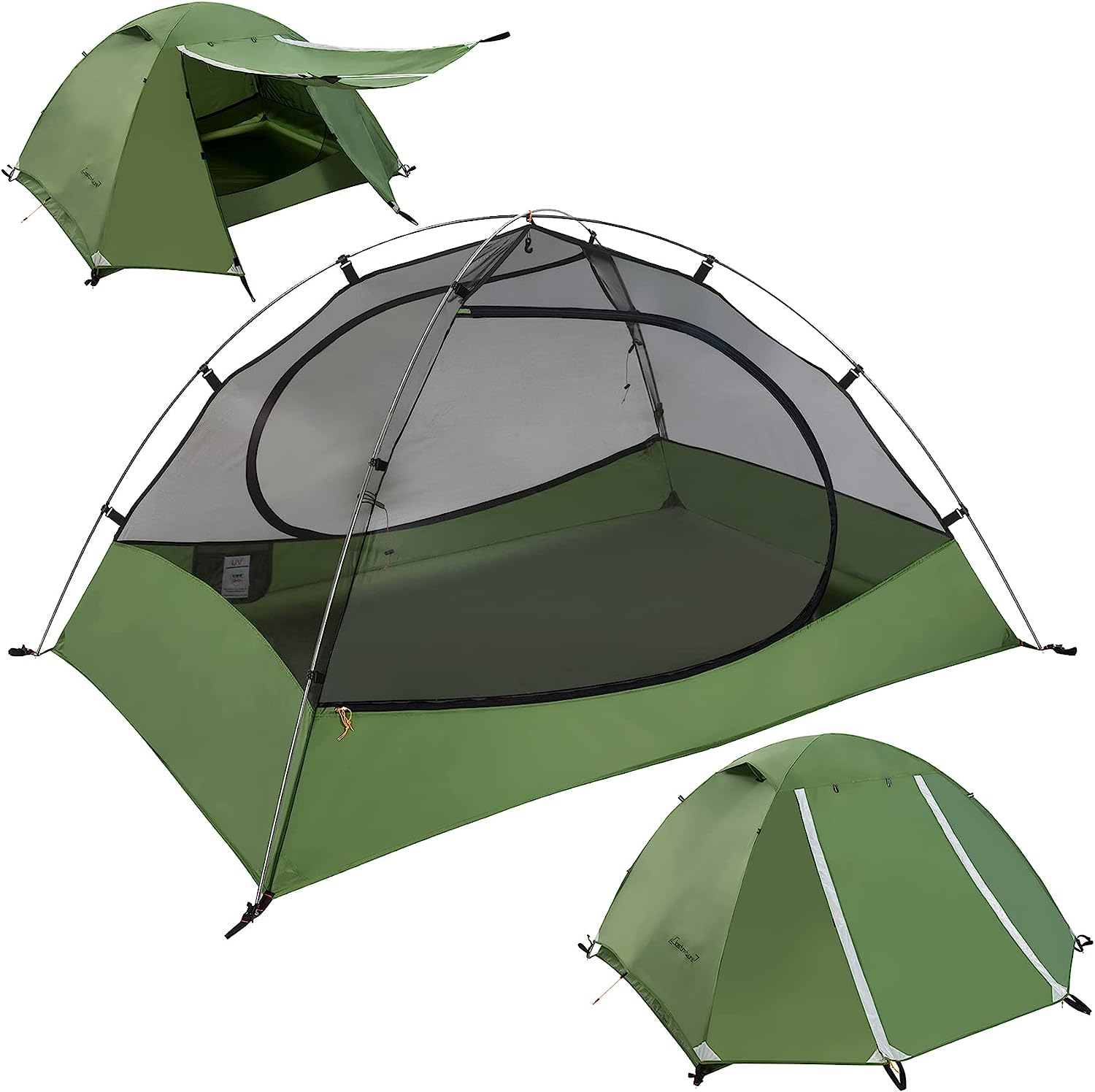
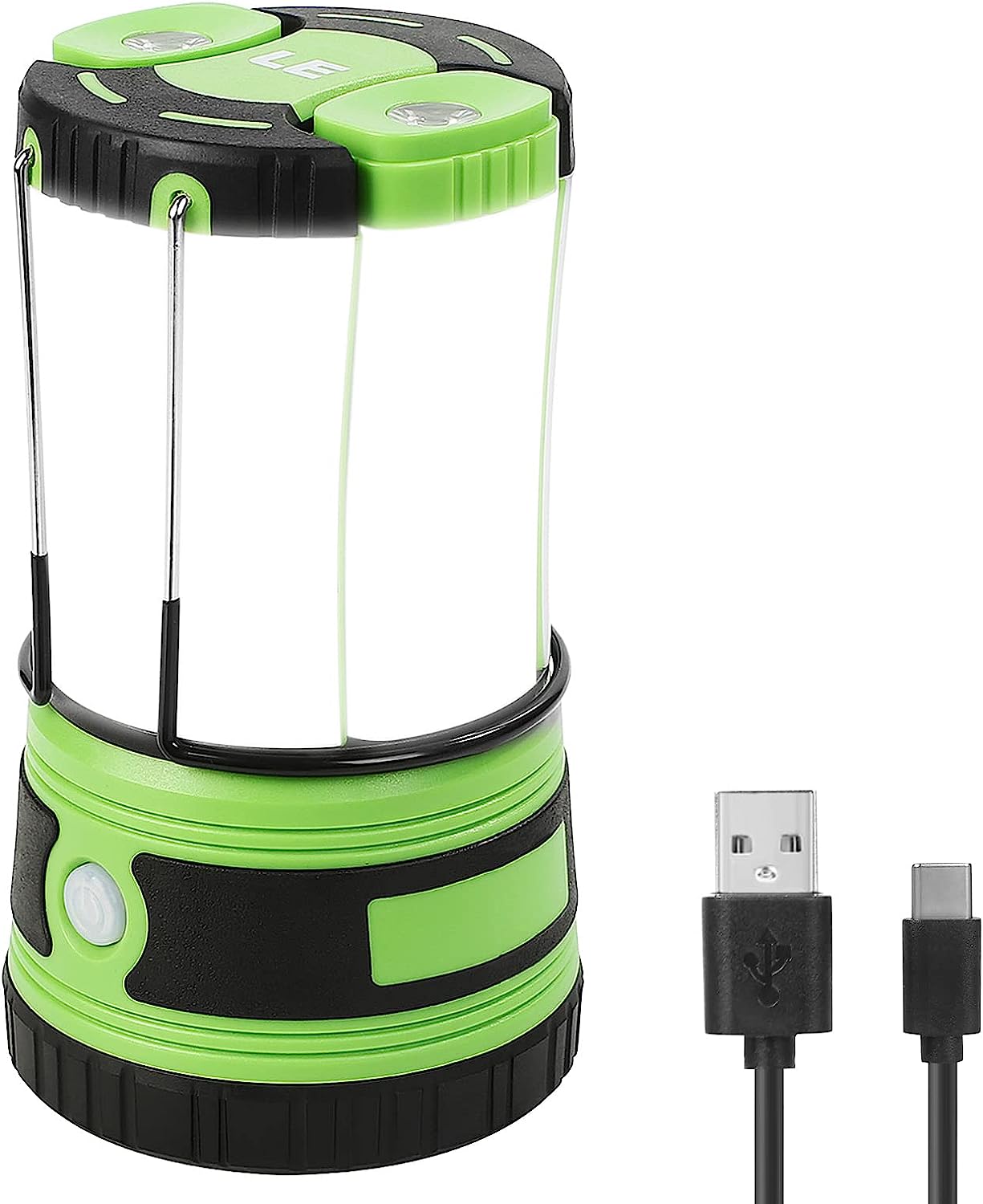
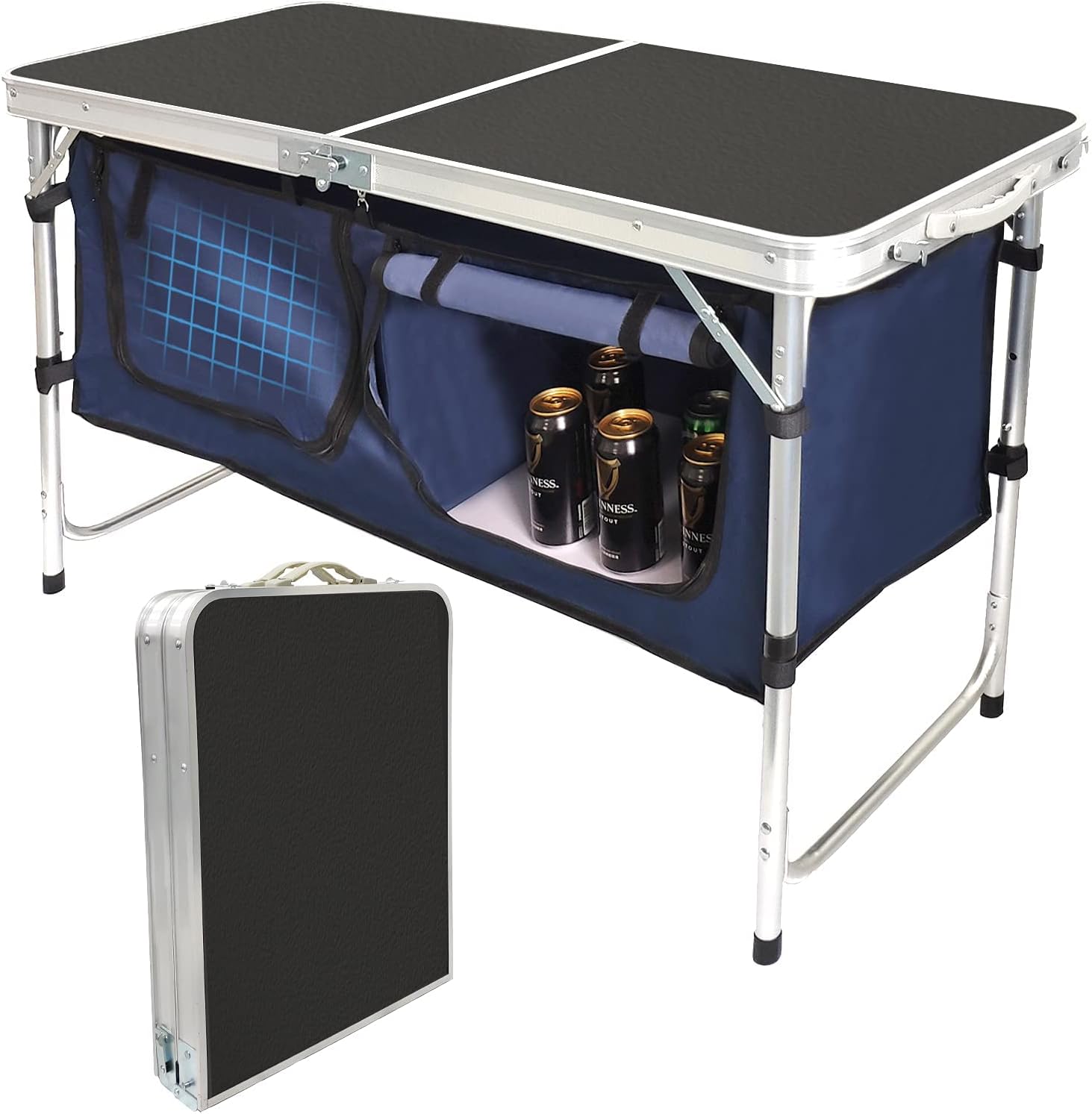
Must-Do Activities
Watch the Sunrise or Sunset
The Grand Canyon’s sunrises and sunsets are legendary, with the canyon’s vibrant colors coming to life as the light changes. Mather Point, located near the Visitor Center on the South Rim, is a popular spot to watch the sunrise, while Hopi Point is considered one of the best locations for sunset, offering unobstructed views of the canyon’s western expanse. These magical moments are a must for photographers and anyone seeking to witness the canyon’s beauty at its most dramatic.
Hike the Canyon Trails
The Bright Angel Trail offers a moderate hike with rest stops and stunning views of the canyon walls, while the South Kaibab Trail provides a steeper, more dramatic journey with highlights like Ooh Aah Point and Cedar Ridge. For experienced adventurers, the Rim-to-Rim Hike between the North and South Rims is a bucket-list challenge that showcases the canyon’s diverse landscapes and ecosystems.
Raft the Colorado River
Grand Canyon National Park History
The canyon itself has been inhabited for thousands of years, with evidence of Native American settlements dating back as far as 12,000 years. Indigenous tribes such as the Hopi, Navajo, Havasupai, Hualapai, Paiute, and Zuni consider the Grand Canyon sacred, incorporating its landscapes into their cultural traditions and oral histories. These tribes lived in and around the canyon, creating intricate dwellings and leaving behind artifacts, petroglyphs, and trails that tell the story of their deep connection to the land. Today, several Native American tribes continue to live near the Grand Canyon, preserving their cultural heritage and connection to this iconic site.
In the late 19th century, explorers, prospectors, and settlers began to recognize the canyon’s unique value beyond its resources, leading to the first organized efforts to protect it. John Wesley Powell’s daring expeditions down the Colorado River in the 1860s and 1870s brought the Grand Canyon to national attention, showcasing its geological wonders. By the early 20th century, prominent figures such as President Theodore Roosevelt championed the preservation of the canyon, calling it “the one great sight every American should see.” In 1908, Roosevelt designated the area as a National Monument, a crucial step toward its eventual status as a National Park.
